Tuesday Sep 25, 2018
Map and road video – Digby to Lunenburg, NS
The original plan for today was to spend about five hours driving around the southern coast of Nova Scotia to Lunenburg making three stops with cultural and photographic potential. However, heavy rain is predicted all day tomorrow and, since Lunenburg promised to be a highlight of the trip, I took the shortest route there so I could sight-see today.
Old Town Lunenburg was originally laid out in a strict grid pattern by the British in 1753 and, due to its retention of the original layout and high level of conservation, it is one of only two UNESCO Cultural World Heritage Sites in Canada (the other being Old Quebec City). The town grew steadily in importance through fishing, shipbuilding and rum running until the end of prohibition and then fishing conservation limits hit hard. While fishing is still important, tourism is the main economic driver now.
Once I arrived I spent about three hours wandering the streets before visiting the Fisheries Museum of The Atlantic. Although the museum had many artifacts on display I did not feel that I learned as much as I should have. It seemed that the exhibits were designed by experts who assumed that visitors understood the basics of fishing which, at the commercial level, I don’t. I only saw one example that explained how nets were arranged to catch fish on the Atlantic Bank and, although there was an exhibit about rum running, not once did they describe exactly what it was and how Lunenburg was involved. Luckily, I had had it fully explained to me earlier by the wonderful guide at St John’s Anglican Church.
A general view of the Lunenburg waterfront. The light blue building is my inn for tonight.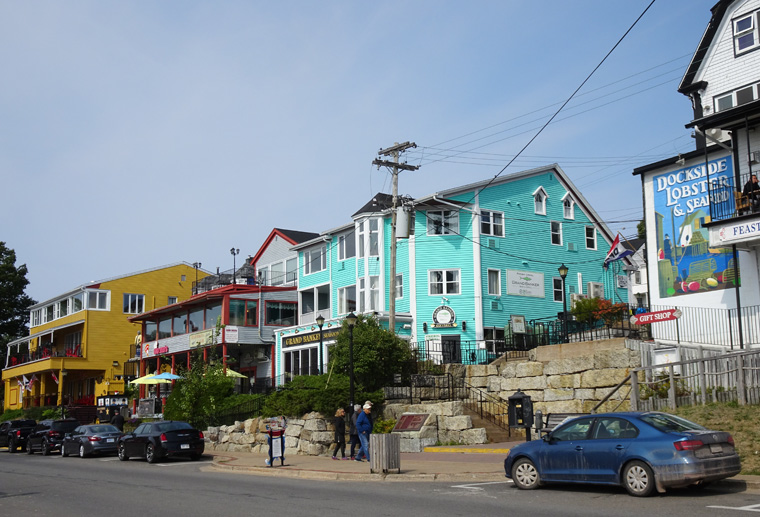
One of the things that put Lunenburg on the shipbuilding map was the success of a schooner built here in 1921 called Bluenose. Not only was she a working fishing vessel but, between seasons, she raced in the International Fisherman’s Trophy between the fastest US and Canadian fishing schooners. She won the competition every time it was run between 1921 and 1937 despite other ships being built specifically to beat her. She was lost at sea in 1946 but a replica, Bluenose II, built in 1963 now offers sailing experiences to visitors.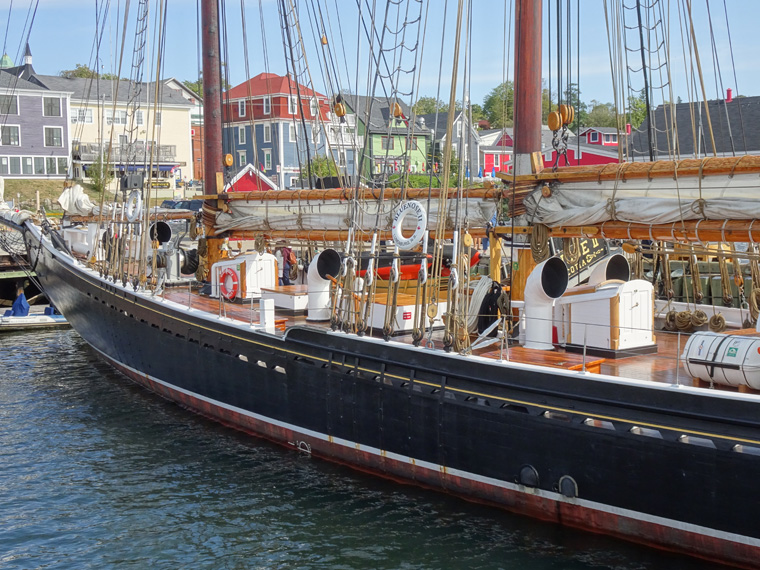
I kinda wish I was staying here to see how realistic it is.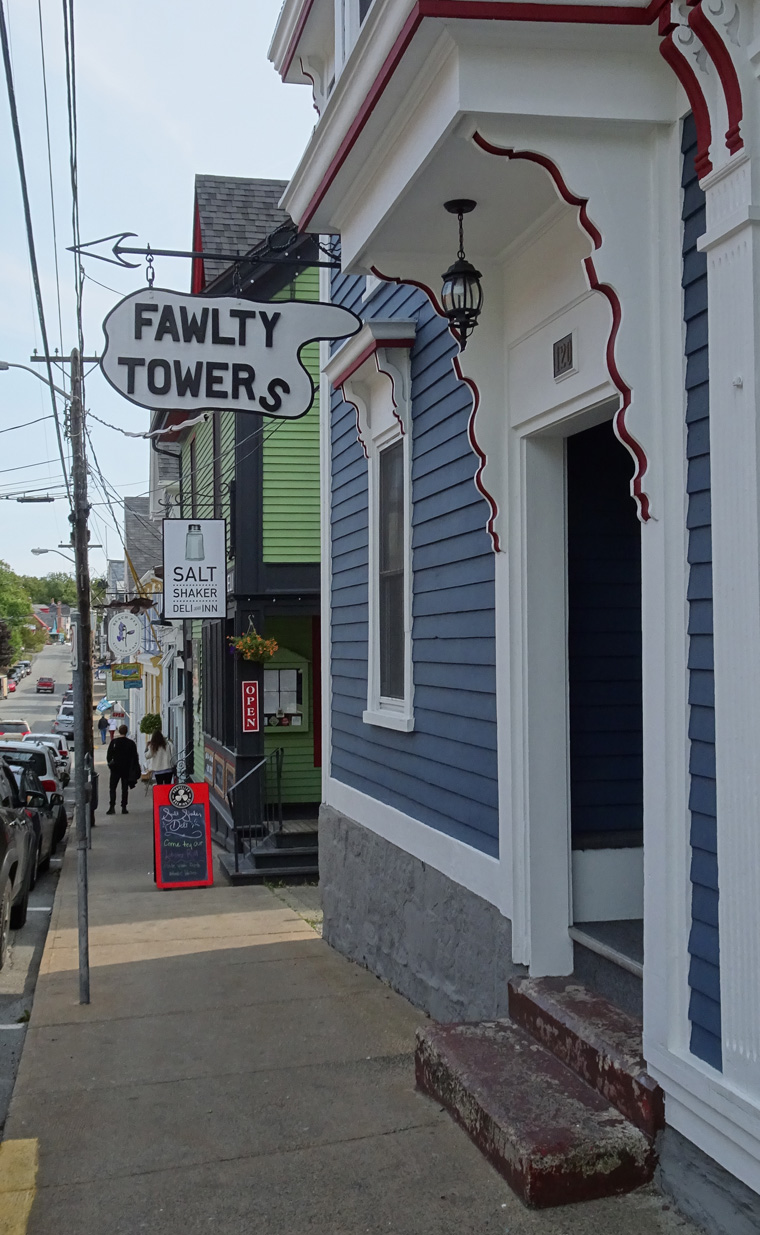
The style of houses is similar to other fishing towns but, here, they fill Old Town and a significant number were undergoing repairs or restoration.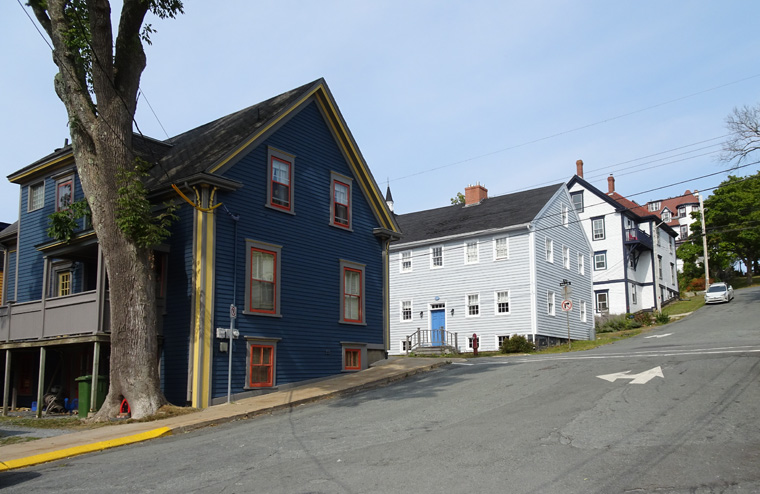
For me, Saint John’s Anglican Church was the highlight of the day. The church is the second oldest Anglican church in the country and a National Historic Site. It is constructed mainly of Nova Scotia pine and was almost completely destroyed by an arsonist in 2001. However, since it was also a museum, there were very detailed records of the building and it was exactly replicated using traditional methods and reopened in 2005. I learned a great deal about the history of Lunenburg from the great volunteer guide here. 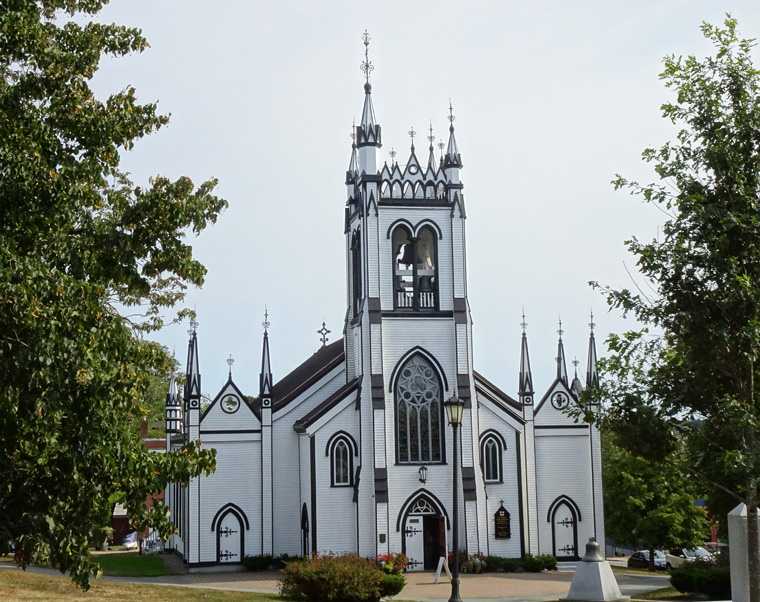
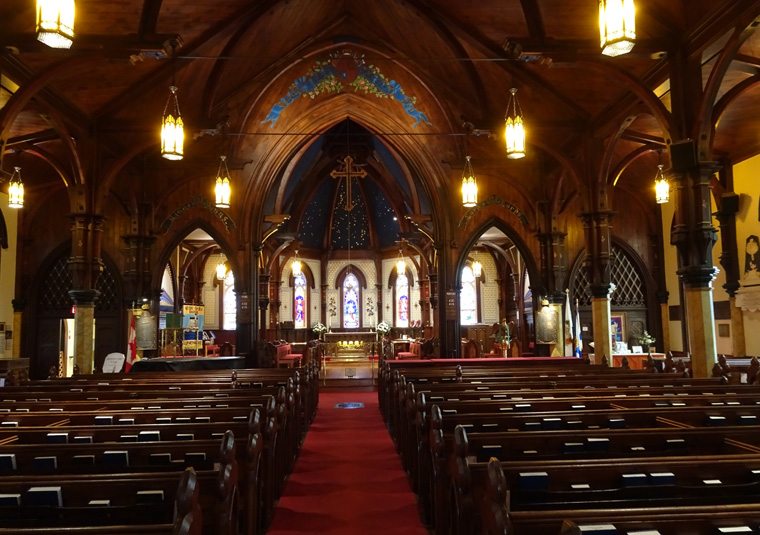
This impressive structure is the Lunenburg Academy which served as the town’s high school for 117 years after opening in 1895 and is now a National Historic Site. It is currently under renovation so I was not able to get a peek inside.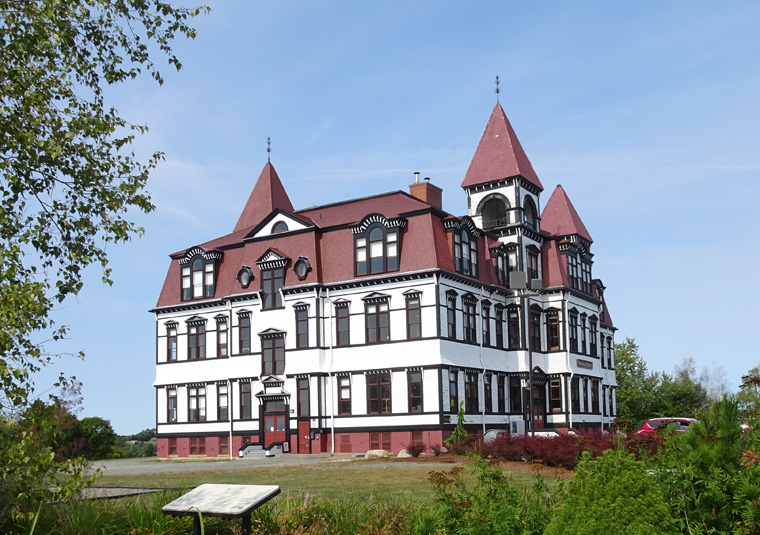

Looks like a great place to visit. Enjoy the rest of your trip.
Cathy
Thanks. Today wasn’t so great because of the weather but the trip is going well overall.
The pictures really capture the atmosphere of the region and do bring back memories of sailing with stepdad to Grand Manan Island and further north to Saint John. Never made it to NS. Curious if your walking up those steep hills? Also wondering if your going to circle Cape Breton?
Sailing is pretty big around here. Yes, I enjoy walking (even up hills) and yes, I plan on circling Cape Breton.